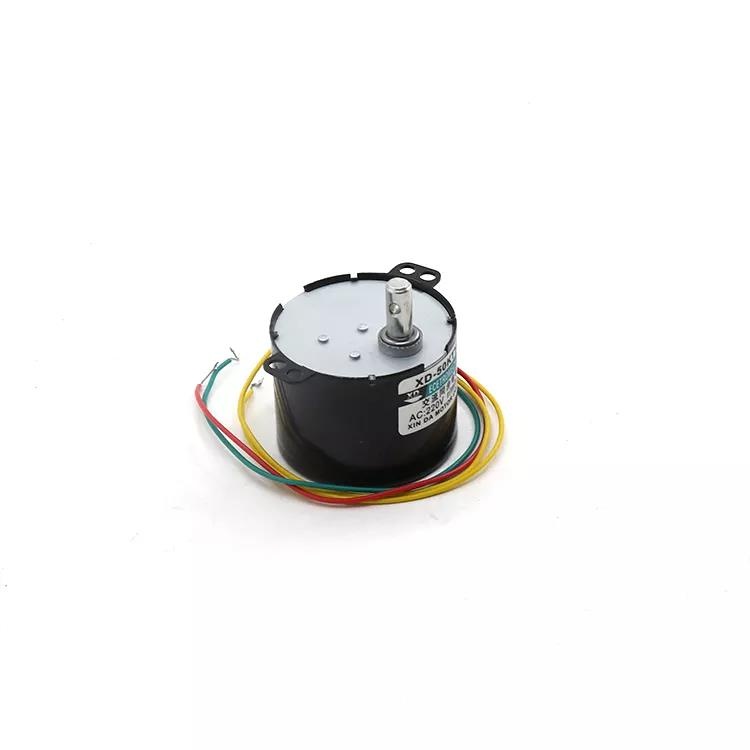Basic structure of DC reduction motor
The basic structure of DC reduction motor is divided into two parts: stator and rotor.
NOTE: Do not confuse commutator with commutator.
(1) The stator includes: main magnetic pole, frame, commutation pole, brush device, etc.
(2) The rotor includes: armature core, armature winding, commutator, shaft, fan, etc.
(3) Rotor composition: The rotor part of the DC motor consists of an armature, an iron core, an armature, a commutator and other devices. The components in the structure are described in detail below.

1. Armature core part: Its function is to embed the discharge armature winding to reverse the magnetic flux, so as to reduce the eddy current loss and hysteresis loss in the armature core when the motor is working.
2. Armature part: Its function is to generate electromagnetic torque and induced electromotive force for energy conversion. The armature winding has many coils or flat steel copper wire coated with fiberglass or strong enameled wire.
3. Commutator is also called commutator. In a DC motor, its function is to convert the DC power current on the brush into AC current in the armature winding to stabilize the trend of electromagnetic torque. In the generator, it converts the electromotive force of the armature winding into the DC electromotive force output at the brush end.



























 XINDA
XINDA